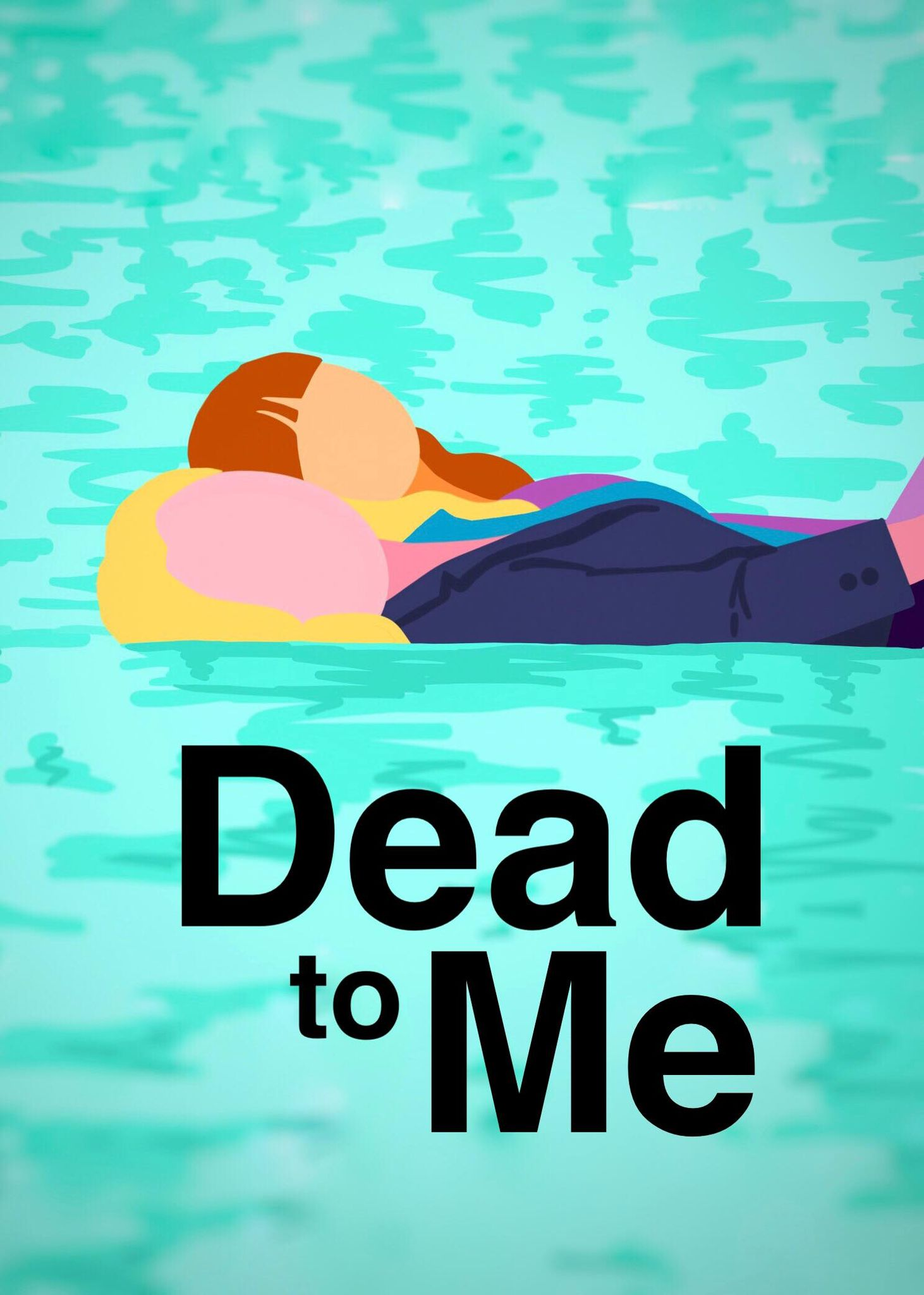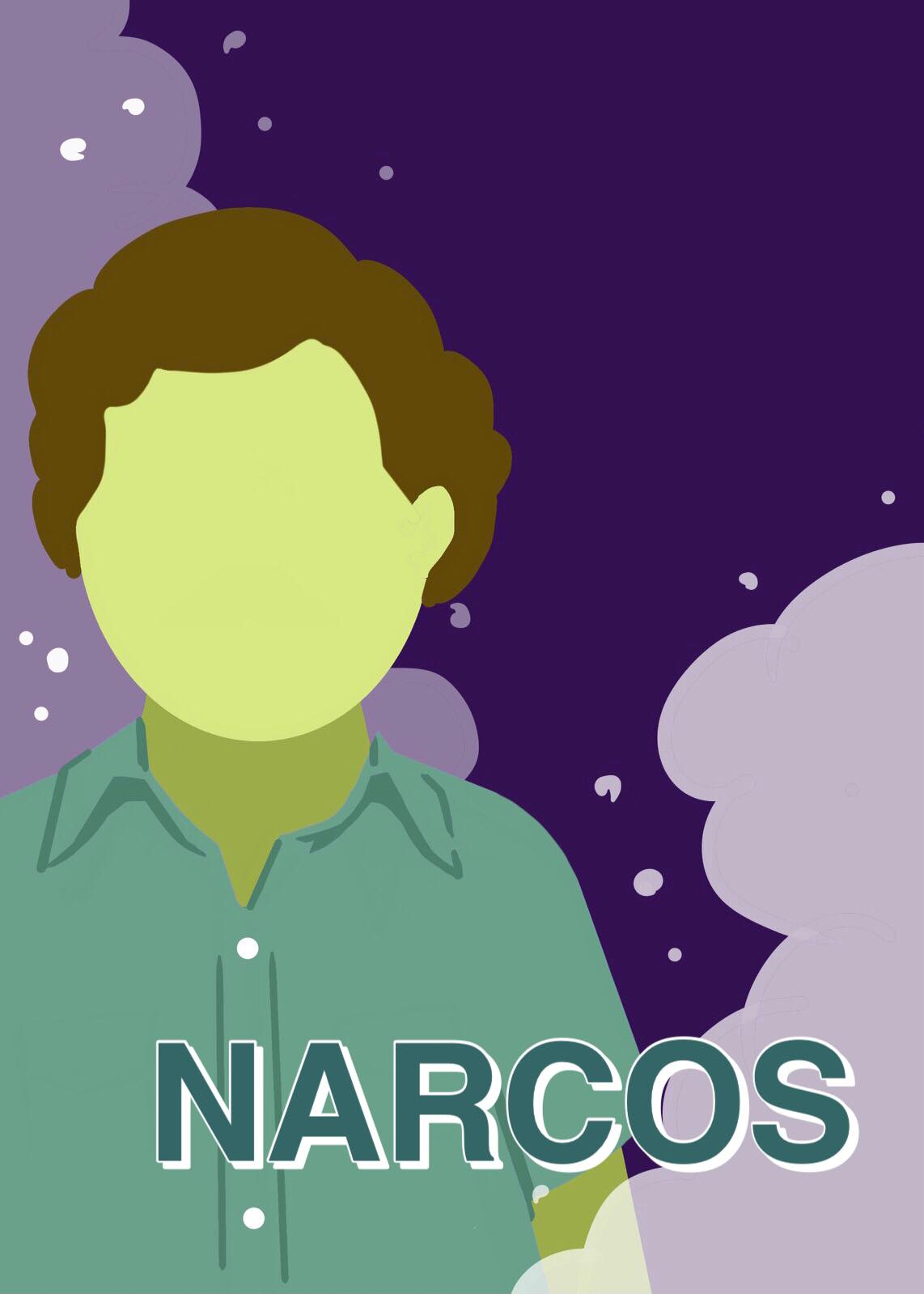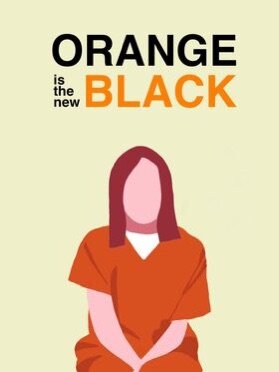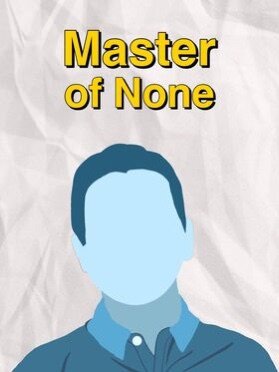Changing the Diversity Channel: Streamlining Representation in Streaming Services
Arguably one of the greatest products of the 2010s is that of movie streaming services. Netflix, Amazon Prime, and Hulu have not only become household names in the U.S. but have also amassed a considerable international user base. While the shift from TV to smart devices might lift these services to a new height, research by Benjamin Jones of Northwestern University suggests that the pace of innovation of technology might be slowing down. However, the market never stops its wheel, and streaming companies looking for the next cutting edge might find one in diversity.
Under this backdrop, Netflix is one of the more prominent players, whose head-start in the movie streaming services inspired its hefty investments into original content. Take the crime-drama genre, for example. During the television era, Breaking Bad was arguably one of the most popular series, and now on Netflix, viewers have the choice of Narcos and Amo. While the former dramatized the drug trade of Pablo Escobar in Colombia, the latter took viewers across the Pacific to a similarly fierce drug war in the Philippines. This expansion has allowed Netflix to cooperate with numerous international filmmakers, from the Thai cast for The Stranded to the three Taiwanese-produced series Nowhere Man, Triad Princess, and The Ghost Bride. While it is difficult to evaluate the impact of these international projects, one cannot overlook the potential of an American viewer watching a Thai show on a regular basis as both novel and powerful.
Representation and diversity have also manifested themselves in the form of lead characters. Jessica Jones and Luke Cage were among a few numbers of superhero series that featured a female lead and African-American lead, respectively. It is important to note that these series aired during the explosion of the superhero genre on the silver screen, which featured dominantly white male protagonists (think Iron Man, Captain America, Superman, and Batman). What explains Netflix’s adaptations of Jessica Jones and Luke Cage might be the inclination to tap into an audience who has grown tired of typical superhero features: these series are not only different in their protagonists, but they also pursued a slow, “low-stake” crime-fighting plot rather than a dramatized, “high-stake” alien-fighting approach. If this is the case, then streaming platforms are themselves the ideal medium to promote diversity in both content and representation.
However, it is also important to question whether there have been any structural changes to the industry. According to a study by Dr. Martha Lauzen of San Diego State University, positive changes are underway but there has yet to be a major shift. While the percentage of women creators had been on a steady rise (increasing to 25% in 2019 from 22% the previous year), 96% of programs do not have a woman as a director of photography, 79% are still without a female director, and 77% with no woman as an editor. With respect to LGBTQ+ representation, 10.2% of TV regulars identified as part of the group, a rise from 8.8% in 2018. A study conducted by the University of Southern California in 2014 suggested that while streaming was more inclusive with regard to on-screen portrayal, it lags behind with respect to behind-the-camera personnel.
“Streaming services can have their share of credit in the increase in representation in the media.”
However, focusing purely on the number would be overlooking the variations in which LGBTQ+ characters were portrayed on TV. In addition, it is still difficult to quantify the impacts of damaging norms such as queerbaiting—the portrayal of queer romance without explicit representation of queer characters. An example of seeing this complexity of representation is Netflix’s dark comedy Dead to Me, where some fans view the relationship between the two lead female protagonists as queerbait. In response, the show’s creator Liz Feldman, a lesbian, suggested that the show is a reflection of her own experience and left the judgment up to viewers. That is not to say the streaming services have not spearheaded a strand of series that champion diversity. Hulu’s The Bisexual, created by Desiree Akhavan and Rowan Riley, followed Leila, the show’s protagonist, in her exploration of bisexuality. Netflix’s renowned Orange is the New Black, created by Jenji Kohan, followed the story of an incarcerated woman that delved into many underrepresented aspects of society, including the depiction of the prison system and the portrayal of transgenders among many others. These forefront shows suggest that streaming services can have their share of credit in the increase in representation in the media.
One would ask whether diversity has any bearing on the quality of the products. In the end, the interest in quality is perennial. While it is difficult to say how “good” a series is, long-standing forums for movie reviews like Rotten Tomato’s Tomatometer provides a reasonable reference point. The system aggregates scores from “active movie critic,” defined as authors of movie reviews from an established outlet, with an added feature of “top critic,” referring to a more exclusive group of professional writers. The result, in the majority of cases, should reflect at least partially the quality of movies and series. At the top of Netflix’s list, by the Tomatometer score, is the award-winning comedy-drama Master of None: the series stars Aziz Ansari, an Indian American, as the main protagonist capturing an immigrant’s experience in the US. On the Hulu side, the highest-rated honor goes to Harlots, which has a female-dominated cast led by Samantha Morton. Finally, topping Amazon Prime is Fleabag, another award-winning series that sees a female writer, creator, and actress in Phoebe Waller-Bridge as she portrayed the life of a young woman in London. The success of these series is not a claim that all original products of streaming providers are perfect, but they are testaments to the quality that comes with more diversity.
In 2020, it is difficult to mention diversity without a political undertone. However, one could start with the demographic of stream users. A study from CivicScience that investigates Netflix’s demographics suggests that the site’s users model the US population quite well in terms of age, income and even education. Yet, this does not mean that all age groups use streaming in the same way. A poll by Morning Consult shows that young adults are more likely to binge-watch, watching multiple episodes in one sitting, and more likely to switch completely from live television to exclusively using streaming service. However, in 2016, Todd Yellin, Netflix’s VP of Product Innovation, said in a Wired article that the company did not consider “geography, age, and gender” in its algorithm. If this is true, then the products of Netflix would model its consumers’ preference. Given that the international sector is growing at a faster pace than the domestic one, it seems intuitive to see more internationally-made Netflix originals. In addition, Netflix also curates a different selection of shows and movies for different markets, further capitalizing on the variance in the international preference. According to Brookings’ research, younger adults are also more racially diverse than any other age group. If this is likely to be true with other stream services, then it is also not difficult to see the willingness of these companies to view diversity as a critical asset.
If done in the right manner, diversity within original content could create a pathway to greater understanding and perspectives, and inclusivity expands the opportunities to different groups of creators and contributors. Whether streaming giants buy into these ideas or not, as the people who are willing to spend hours on end in front of Hulu or Netflix remain young adults, the trend for diversity is bound to thrive.
“If done in the right manner, diversity within original content could create a pathway to greater understanding and perspectives, and inclusivity expands the opportunities to different groups of creators and contributors.”





